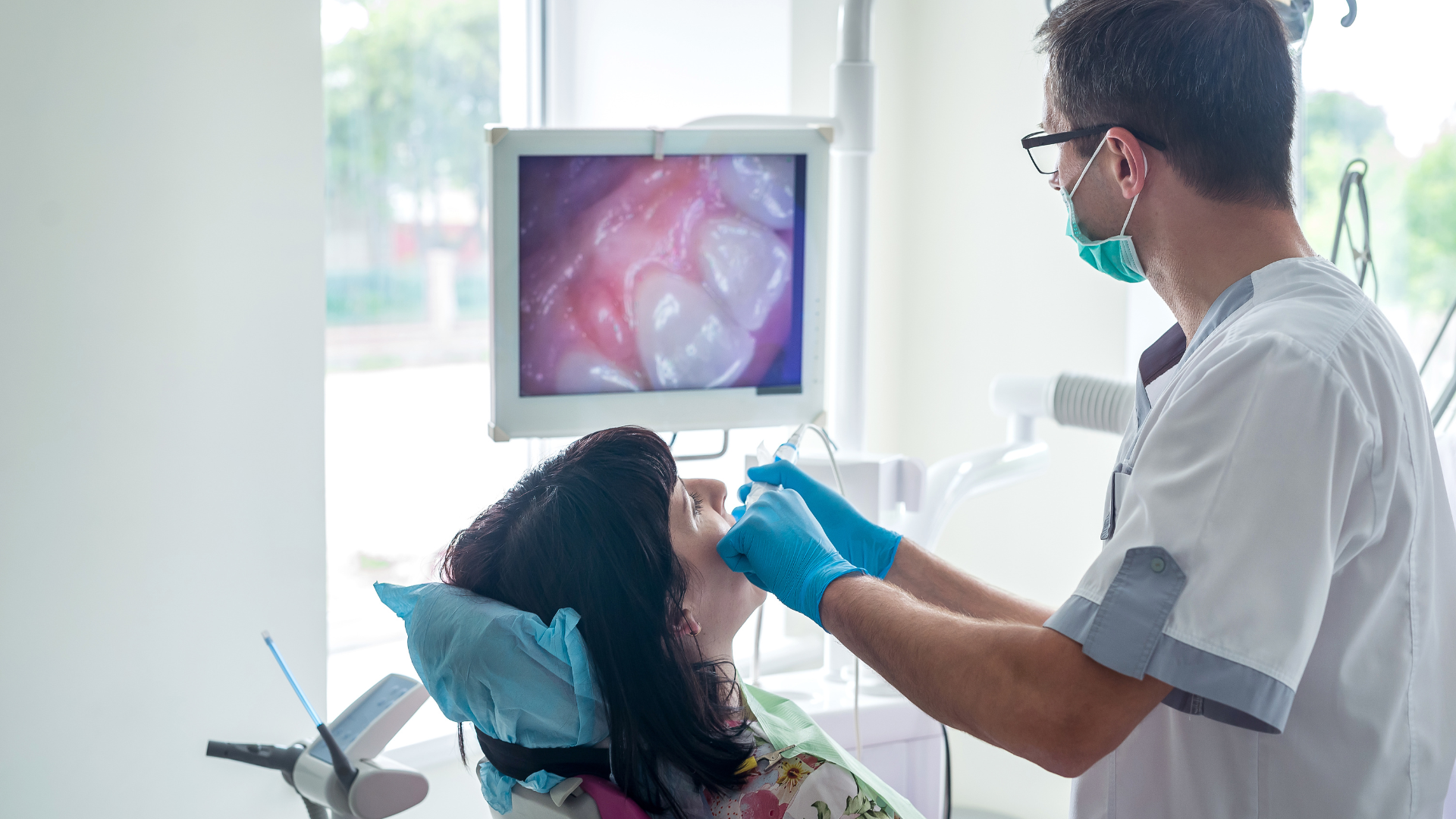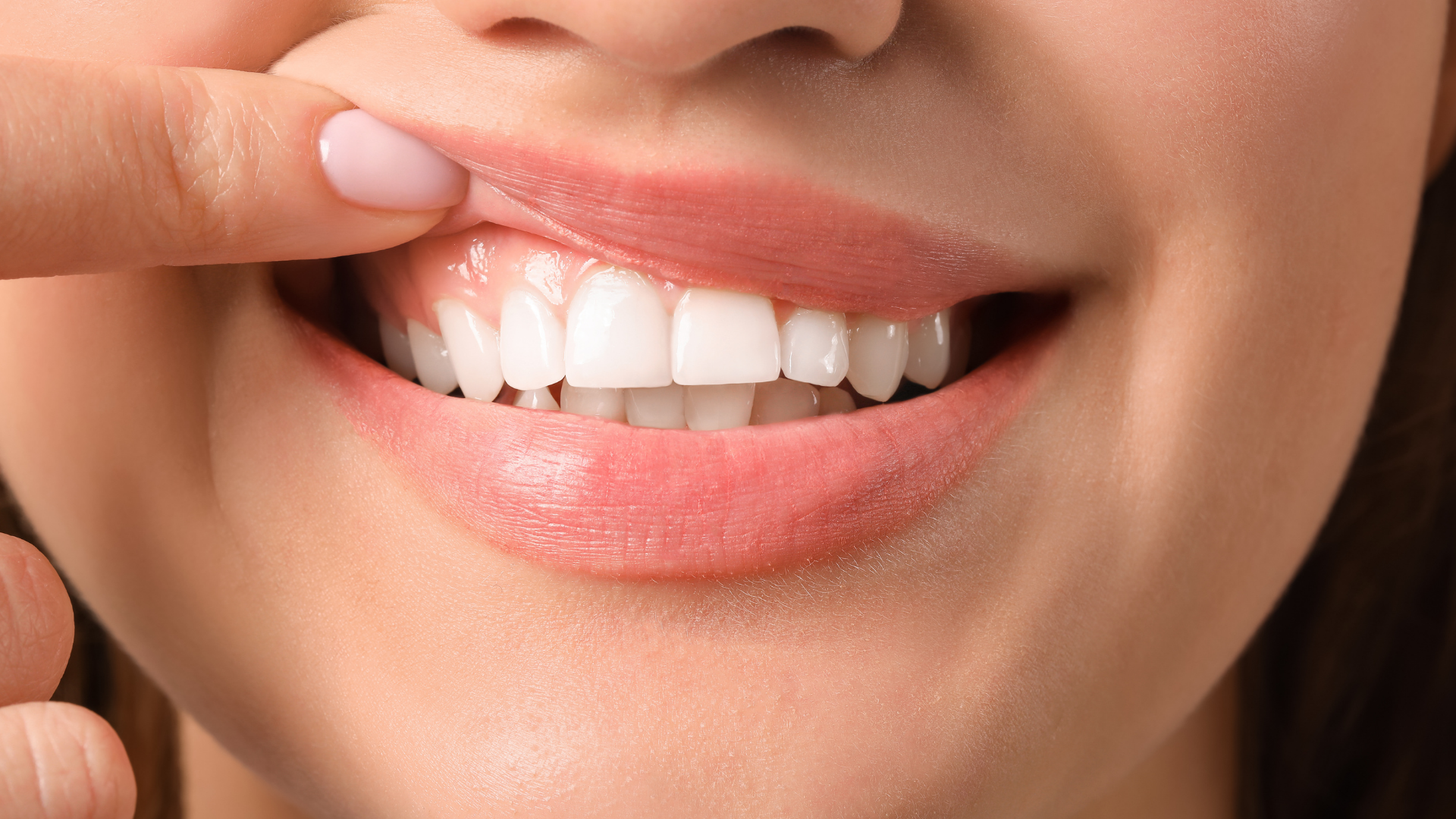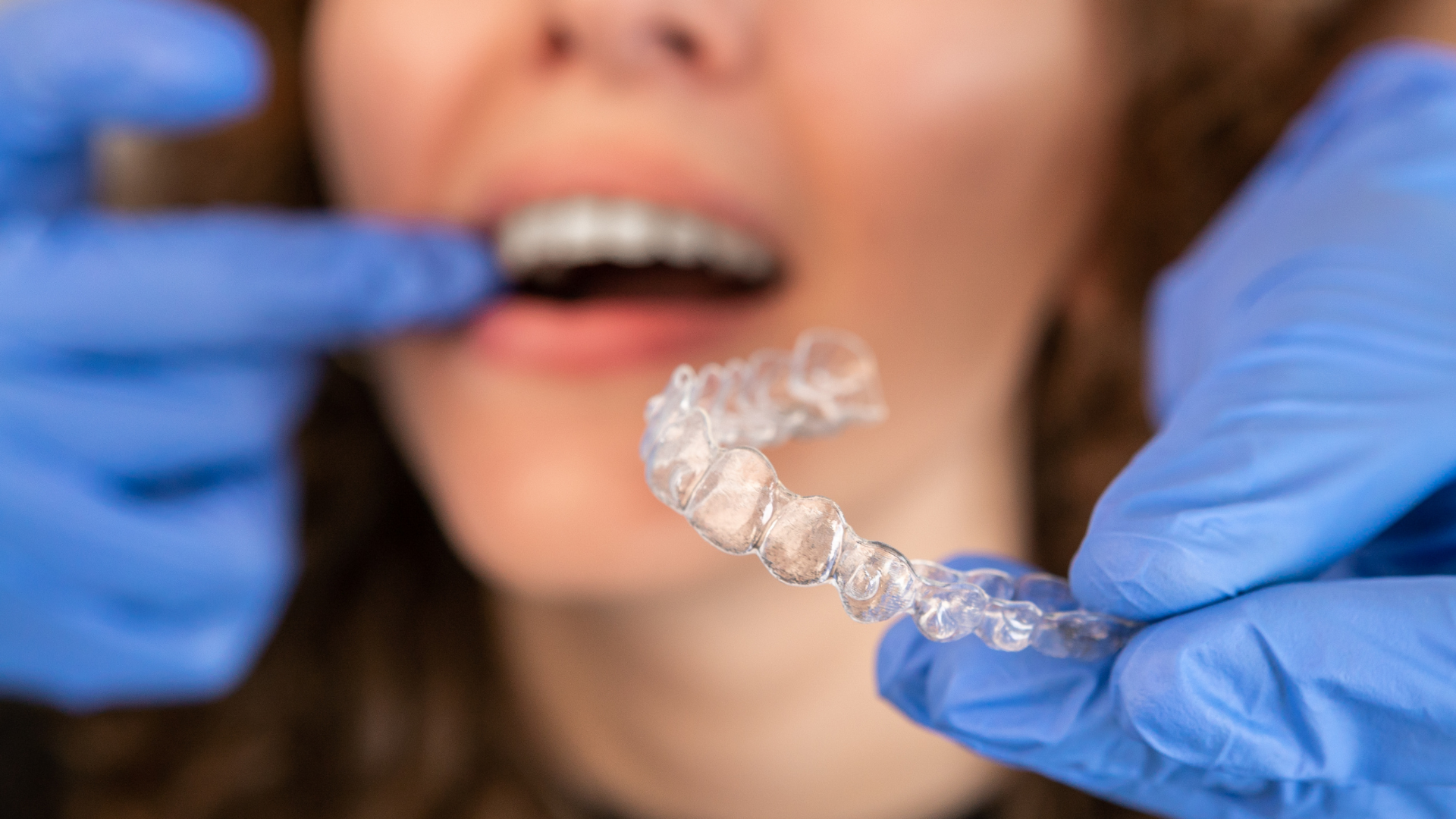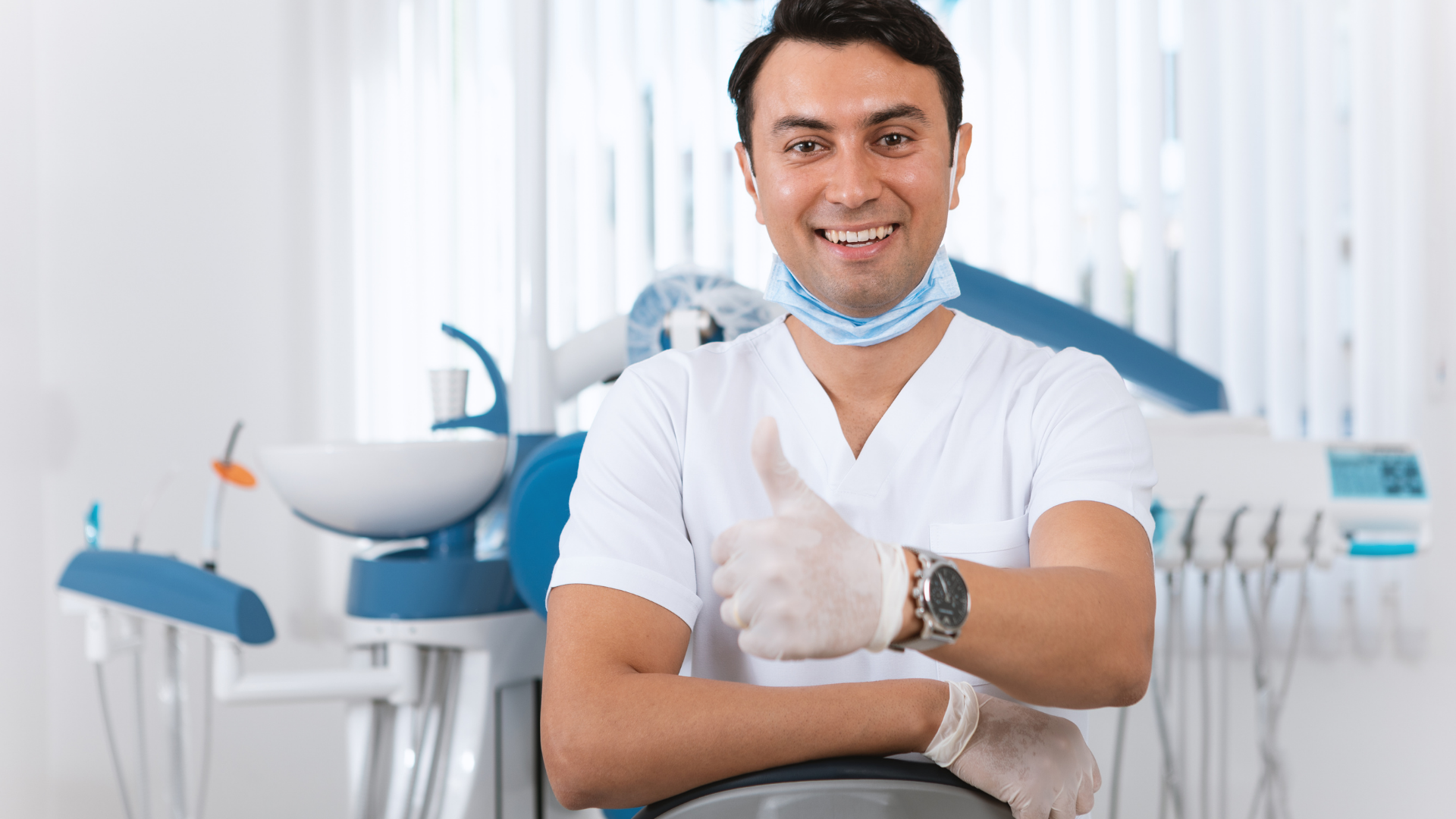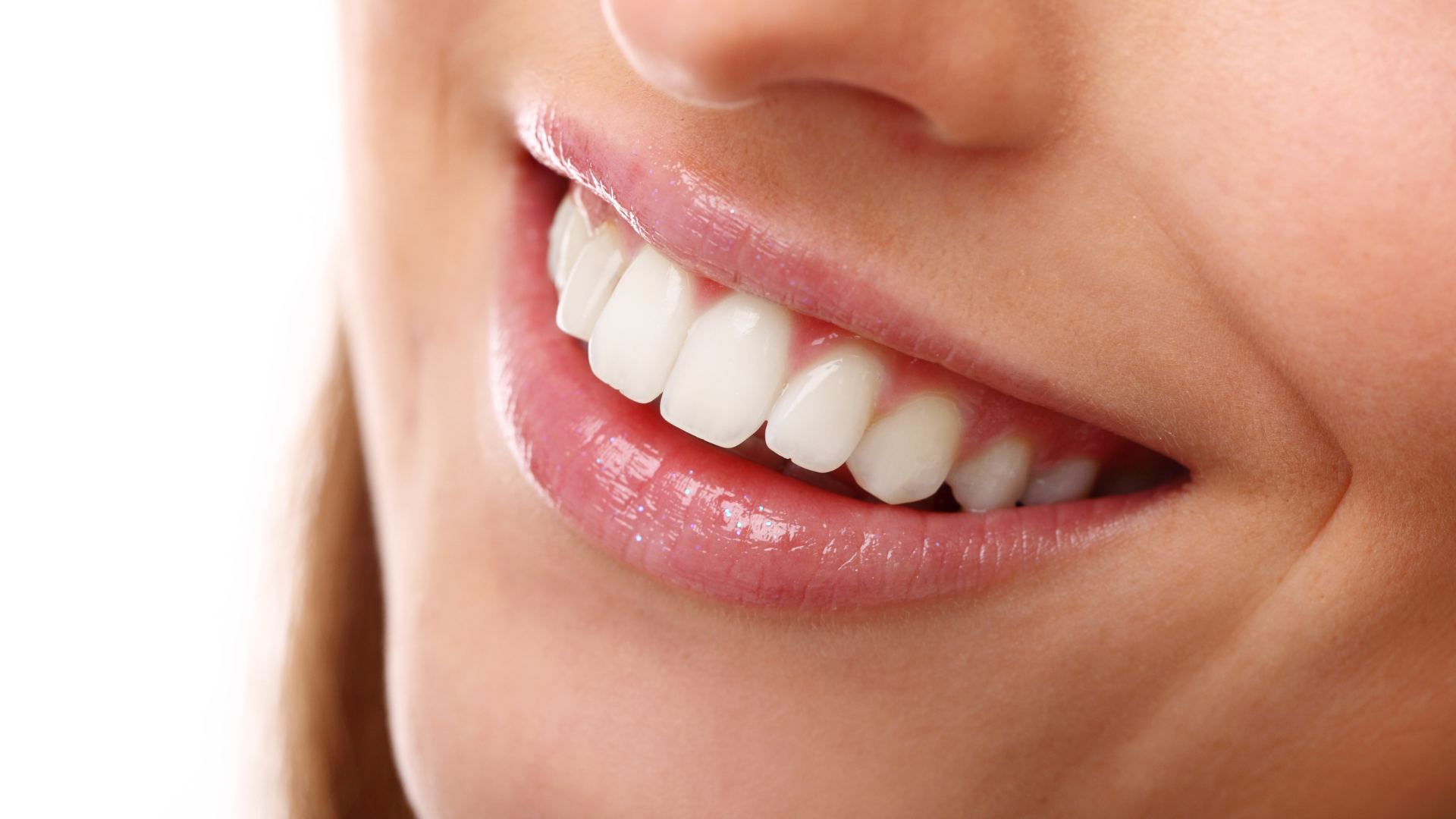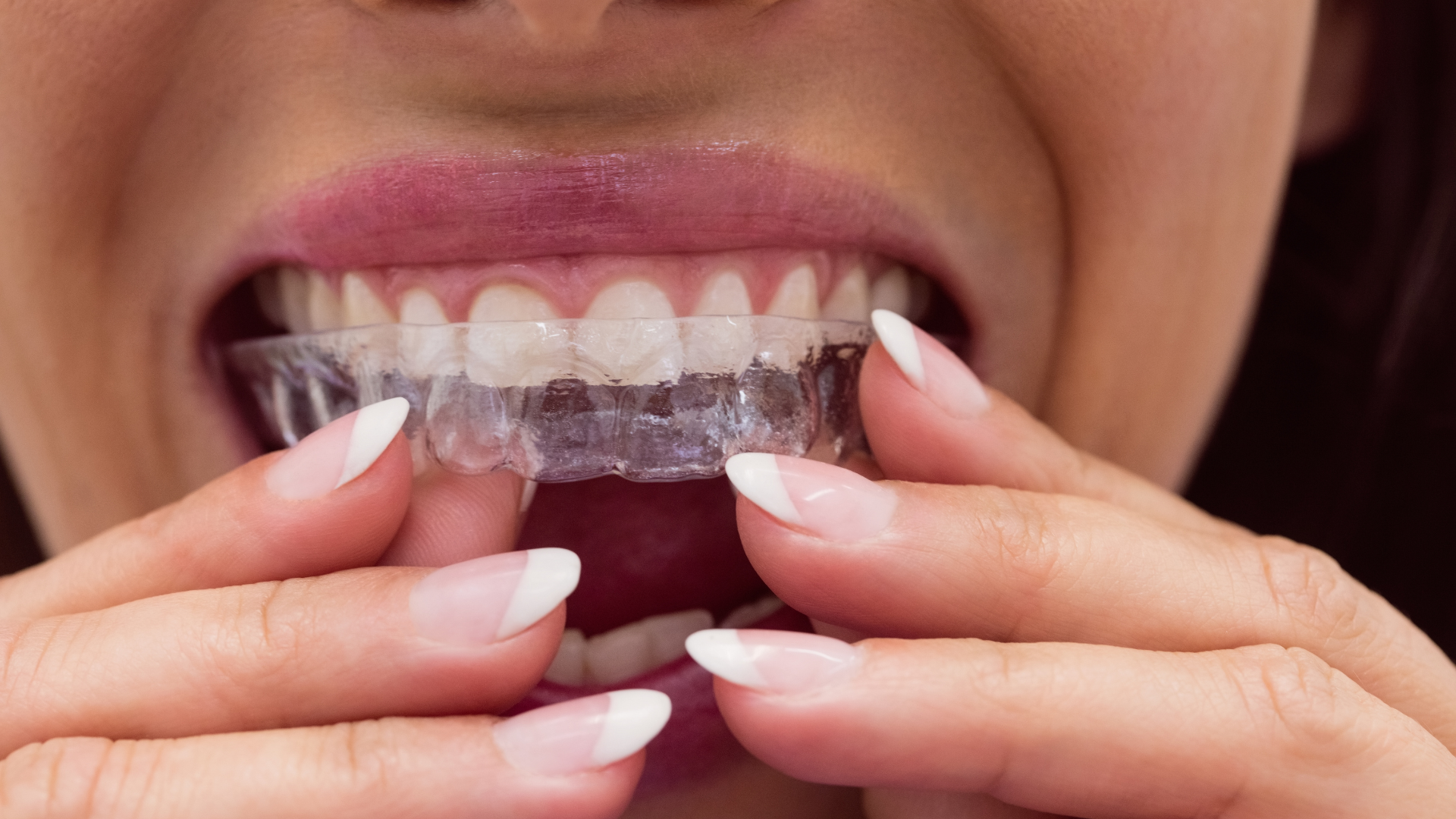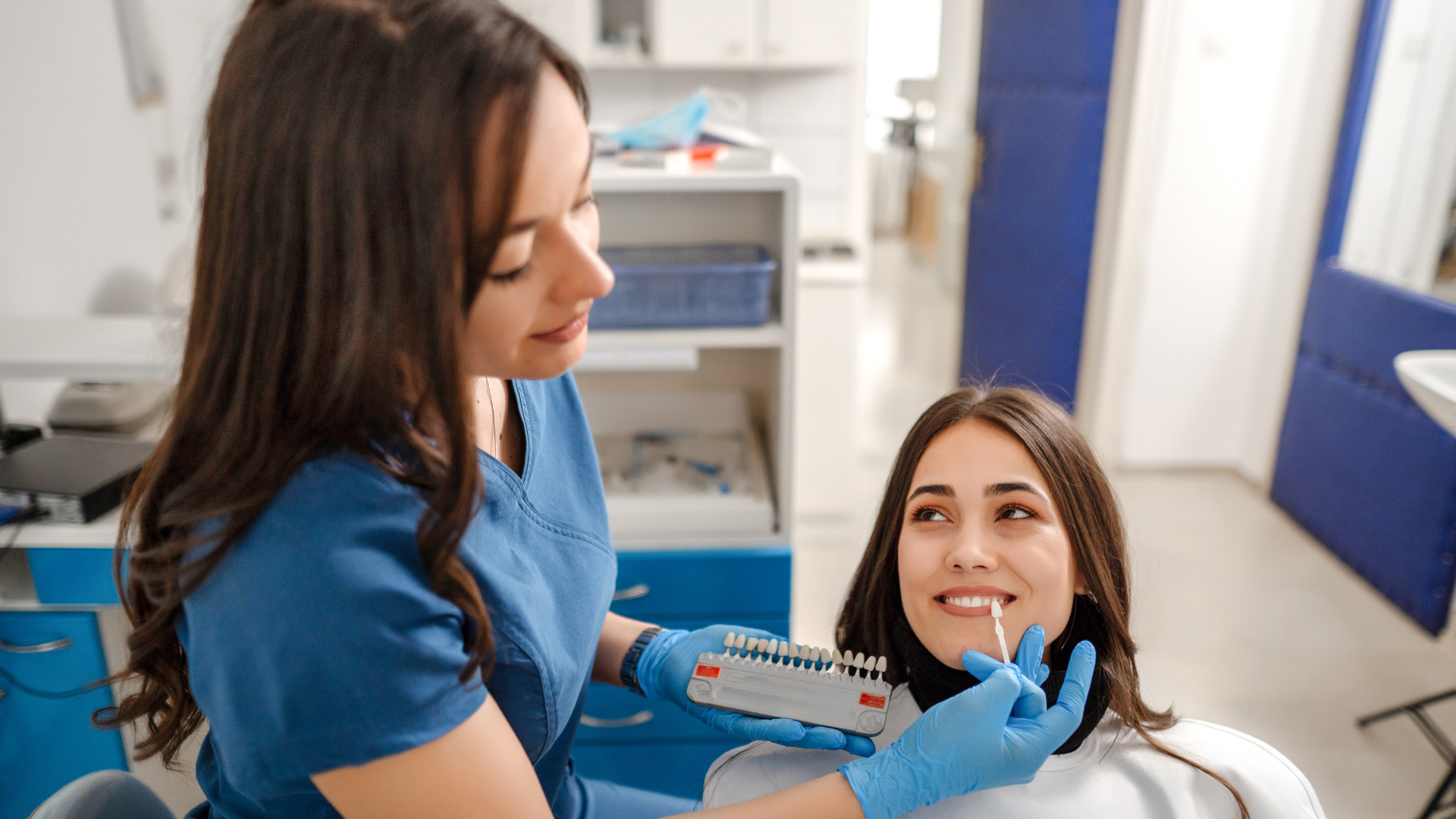Understanding Oral Cancer Screening Procedures
Visual Examination of Oral Cavity
During a dental visit, one of the critical components of oral cancer screening is the visual examination of the oral cavity. This involves a thorough inspection of the lips, tongue, throat, and the skin of the face and neck. Dentists are trained to identify any unusual signs that could indicate the presence of cancer, such as sores, discoloration, or patches.
The visual examination is a non-invasive procedure and serves as the first line of defense in detecting oral cancer. It is essential for identifying abnormalities that may require further investigation.
Dentists also look for signs of gum disease, which can progress without obvious symptoms. They assess the health of the gums and bones, checking for any signs of disease that could impact overall oral health. The following list outlines what dentists typically look for during a visual examination:
- Unusual sores or lesions in the mouth
- White or red patches on the gums, tongue, or lining of the mouth
- Swelling, thickening, lumps, or bumps in the oral tissues
- Chronic sore throat or hoarseness
- Difficulty in chewing or swallowing
If any suspicious areas are found, the dentist may recommend additional diagnostic tests, such as a biopsy, to determine if cancerous cells are present.
Palpation for Lumps and Irregularities
During an oral cancer screening, palpation is the step where the dentist uses their fingers to feel for any unusual lumps or irregularities within the oral cavity. This includes the lips, gums, roof of the mouth, neck, and lower jaw. It's a tactile examination that complements the visual inspection, aiming to detect any abnormalities that might not be immediately visible.
Palpation can reveal signs of gum disease, which often presents as swelling or puffiness. These symptoms can be indicative of more serious conditions if they persist or are accompanied by other signs.
The dentist may also measure the pocket depth of the gums using a dental probe. Healthy gums typically have pocket depths ranging from 1 to 3 mm. Depths between 3 and 6 mm may suggest the presence of gum disease, which can be a precursor to more serious conditions, including oral cancer.
- Normal Gum Pocket Depth: 1-3 mm
- Possible Gum Disease: 3-6 mm
If during palpation, any suspicious areas are identified, the dentist may recommend further investigation, which could include a biopsy or additional diagnostic tests.
Biopsy for Suspicious Areas
When a dentist identifies an area within the oral cavity that appears suspicious, a biopsy may be recommended as a definitive method for diagnosis. A biopsy involves the removal of a small tissue sample from the suspicious area for microscopic examination. This procedure is crucial for determining the presence of cancerous cells.
The biopsy process is a critical step in the oral cancer screening as it provides a definitive diagnosis, allowing for appropriate treatment planning.
The types of biopsies vary depending on the location and nature of the suspicious area. Common types include:
- Incisional biopsy, where only a portion of the suspicious tissue is removed.
- Excisional biopsy, where the entire lesion is removed.
- Brush biopsy, a non-invasive technique where cells are collected by brushing the lesion.
Understanding the results of a biopsy can be complex, and your dentist or oral surgeon will explain the findings and discuss the next steps in your care.
The Importance of Early Detection in Oral Cancer
The Role of Regular Dental Visits
Regular dental visits are a critical component in the early detection of oral cancer. Dentists are trained to identify the subtle signs of oral cancer, often before symptoms are noticeable to the patient. Early detection can significantly improve treatment outcomes and survival rates.
During routine check-ups, dentists perform a comprehensive examination of the oral cavity, looking for any abnormalities. This includes assessing the teeth, gums, and the entire mouth for signs of precancerous or cancerous changes. The following list highlights common checks performed during a dental visit:
- Examination for cavities and tooth wear
- Checking for cracks in teeth
- Screening for oral cancer
- Assessing gum recession
- Evaluating inflammation of the gums
- Identifying early signs of gum disease
Maintaining good oral hygiene and regular dental check-ups are essential for early detection and prevention of oral cancer. These practices are not only about keeping your smile bright but also about safeguarding your overall health.
It is recommended to visit the dentist at least twice a year for professional cleaning and examination. These visits are an opportunity to catch potential issues early, when they are most treatable, and to receive professional advice on maintaining optimal oral health.
Benefits of Early Diagnosis
The timely identification of oral cancer is crucial for effective treatment and improved outcomes. Early detection can significantly increase the chances of successful treatment, often before the disease has spread or become more complex to manage.
Early diagnosis not only enhances the potential for cure but also minimizes the need for extensive, invasive treatments, which can be both physically and emotionally taxing.
Recognizing the signs of oral cancer early on is vital, as it allows for interventions at a stage when the cancer is most treatable. Here are some key benefits of early diagnosis:
- Higher survival rates: Patients diagnosed at an early stage have a markedly better prognosis.
- Less aggressive treatment: Early-stage cancers may require less extensive treatment, which can reduce side effects and recovery time.
- Cost savings: Detecting cancer early can lower the cost of care by avoiding more advanced treatments.
It's clear that the benefits of early diagnosis are profound, emphasizing the importance of regular dental screenings and awareness of oral health.
Survival Rates and Prognosis
Understanding the survival rates and prognosis of oral cancer is crucial for patients and healthcare providers alike. Early detection of oral cancer can dramatically improve survival rates, emphasizing the importance of regular dental check-ups and screenings.
Dental professionals are often the first line of defense, capable of identifying early signs that are not yet visible or symptomatic to the patient.
The following table illustrates the impact of early detection on survival rates:
| Stage of Detection | 5-Year Survival Rate |
|---|---|
| Localized | 83% |
| Regional Spread | 64% |
| Distant Spread | 39% |
These figures highlight that the stage at which oral cancer is detected plays a significant role in the patient's prognosis. As age and lifestyle factors contribute to the risk, it is essential for individuals, especially those over 40 and those with high-risk lifestyles, to engage in regular screenings and adopt healthier lifestyle choices.
Self-Examination: Your Role in Detecting Oral Cancer
Step-by-Step Guide for At-Home Checks
Conducting regular self-examinations for oral cancer can be a vital part of your oral health routine. Begin by thoroughly washing your hands and ensuring you have adequate lighting. Use a mirror to visually inspect all areas of your mouth, including the lips, gums, and the roof of your mouth.
- Look for any sores, discolorations, or patches that seem out of the ordinary.
- Gently feel your lips, cheek lining, and all surfaces of your gums for any lumps, swellings, or irregularities.
- Examine your tongue, both on top and underneath, for any unusual textures or persistent sores.
- Tilt your head back to inspect the roof of your mouth and the back of your throat for any abnormalities.
Remember, this self-check is not a substitute for professional screenings but can be helpful in noticing changes that may require a dentist's attention.
If you detect anything concerning during your self-examination, it's crucial to contact your dentist promptly. While self-checks are beneficial, they have limitations and cannot replace the comprehensive screening provided by a dental professional.
When to Contact Your Dentist
It's time to seek professional advice regarding oral health if you notice any unusual changes in your mouth, such as persistent sores, red or white patches, or any lumps and bumps that weren't there before. These symptoms could be early signs of oral cancer or other dental issues that require attention.
- Persistent sores or ulcers that do not heal within two weeks
- Unexplained bleeding in the mouth
- Persistent sore throat or feeling that something is caught in the throat
- Difficulty in chewing, swallowing, or moving the jaw or tongue
- Numbness of the tongue or other areas of the mouth
- Swelling of the jaw that causes dentures to fit poorly or become uncomfortable
- Chronic hoarseness or changes in voice
It is better to be proactive and have any abnormalities checked by a dental professional. Early detection can make a significant difference in treatment outcomes. Do not wait for your regular check-up if you experience any of these symptoms; make an appointment as soon as possible.
Limitations of Self-Examination
While self-examination for oral cancer is a valuable tool for early detection, it has its limitations. Self-examinations cannot replace professional screenings as they may miss signs that a trained dentist would detect. Additionally, not all abnormalities are visible or palpable to an untrained individual.
It's crucial to understand that self-examinations are a supplement to, not a substitute for, regular dental check-ups.
Here are some limitations of self-examination:
- Inability to detect subtle changes in tissue texture or color
- Difficulty in examining certain areas of the mouth, such as the back of the throat
- Lack of medical knowledge to interpret findings
- Potential to overlook early warning signs that require professional assessment
Remember, while self-examinations can alert you to potential issues, they do not provide a definitive diagnosis. Always consult your dentist if you notice any changes or have concerns about your oral health.
What to Expect During an Oral Cancer Screening
Typical Procedures of an In-Clinic Screening
During an in-clinic oral cancer screening, dentists perform a series of examinations to detect any signs of cancer or precancerous conditions in your mouth. The goal is to identify oral cancer early, when there is a greater chance for a cure.
- Visual examination of the lips, tongue, cheeks, and the roof and floor of the mouth for any abnormalities.
- Use of special lights or dyes that can help highlight abnormal cells or tissues.
- Palpation of the neck, jaw, and oral cavity to feel for any lumps or irregularities.
It only takes a few minutes to perform an oral cancer screening, but it can have a dramatic impact on your life.
These procedures are quick and typically non-invasive, making them an important part of regular dental check-ups. If any suspicious areas are found, your dentist may recommend additional tests or a biopsy to further investigate the findings.
Additional Tests and X-rays
During an oral cancer screening, your dentist may determine that additional tests and X-rays are necessary. X-rays are a crucial tool in identifying issues not visible during a standard examination, such as dental decay, impacted teeth, and more serious concerns like cysts or tumors.
- Digital X-Rays: Monitor areas of decay and other changes in the bone structure.
- Diagnostic X-rays: Detect decay, bone loss, and disease, as well as assess tooth and root positions.
Your dentist will explain the need for any X-rays and ensure you understand their function. The process is quick, with the dentist or assistant setting up the machine and then stepping out of the room to minimize their exposure to radiation. It's important to inform your dentist if you are pregnant, as X-rays are typically only recommended in emergency situations.
While X-rays provide valuable information, they are only one component of a comprehensive oral cancer screening. Regular dental examinations and cleanings are essential in maintaining oral health and catching potential issues early.
Understanding Your Screening Results
After your dentist has completed the oral cancer screening, understanding the results is crucial for your peace of mind and health management. Your dentist will explain the findings and discuss the next steps, if any are necessary.
- Normal results mean no suspicious areas were detected, and no further action is required until your next scheduled screening.
- If abnormal areas are found, your dentist may schedule a follow-up visit or recommend additional tests.
- In some cases, a biopsy may be necessary to determine if the suspicious area is cancerous.
It's important to remember that not all abnormalities are cancerous, but they do require attention to rule out any potential risks.
Keep in mind that oral cancer screenings are not diagnostic, but they are a critical part of early detection. If you have any questions or concerns about your results, do not hesitate to ask your dentist for more information or clarification.
Taking Proactive Steps Against Oral Cancer
Scheduling Regular Dental Appointments
Maintaining a routine of regular dental appointments is a cornerstone of oral health and an essential part of preventing oral cancer. Dentists recommend scheduling a professional cleaning and exam at least twice a year to ensure that any early signs of oral cancer can be detected promptly.
During these visits, dentists perform a comprehensive check for various oral health issues:
- Cavities
- Tooth wear
- Cracks in teeth
- Oral cancer
- Gum recession
- Inflammation of the gums
- Early signs of gum disease
Consistent dental appointments allow for the monitoring of oral health changes over time, increasing the likelihood of catching oral cancer in its earliest, most treatable stages.
The frequency of dental exams may vary based on individual oral health needs. While the American Dental Association suggests biannual visits, your dentist may customize this schedule to best suit your specific situation. It's crucial to adhere to the recommended frequency and not miss appointments to maintain optimal oral health.
Oral Cancer Awareness and Education
Awareness is the cornerstone of preventing oral cancer. Many people are unaware of the early symptoms, often dismissing them as minor oral health issues. Recognizing symptoms such as persistent sores, unexplained bleeding, and changes in oral sensation is crucial for early diagnosis and treatment.
Education campaigns and individual actions are vital in reducing the incidence of oral cancer. It's essential to understand the risk factors and to make lifestyle adjustments that can mitigate these risks.
During Oral Cancer Awareness Month, the focus is on educating the public about the importance of early detection and proactive prevention. Here's a brief overview of key points to remember:
- The significance of recognizing early signs of oral cancer.
- Understanding the risk factors, including tobacco and alcohol use.
- The role of regular dental check-ups in early detection.
- Lifestyle changes that can help prevent oral cancer.
In conclusion, staying informed and vigilant about oral health can lead to earlier diagnosis and more effective treatment, potentially saving lives. Schedule a comprehensive dental examination today and take a proactive step towards preventing oral cancer.
The Dentist's Role in Prevention and Early Intervention
The best dentist in Palo Alto plays a pivotal role in the fight against oral cancer, not only through detection but also by fostering a proactive approach to dental health. Regular dental check-ups are a cornerstone of oral cancer prevention, as they allow for early identification of potential issues before they escalate.
- Educating patients on the risks and symptoms of oral cancer
- Providing guidance on self-examination techniques
- Recommending lifestyle changes to reduce risk factors
Dentists are instrumental in early intervention strategies, which can significantly improve the prognosis for patients with oral cancer. By maintaining a schedule of regular visits, patients can benefit from the expertise of dental professionals who are trained to spot the earliest signs of oral cancer.
The emphasis on early detection is crucial, as it can lead to more effective treatment options and a better chance of recovery. The best dentist in Palo Alto is not just a caregiver but a vital partner in a patient's long-term health journey, emphasizing the importance of awareness and education in preventing oral cancer.
Frequently Asked Questions
How do dentists check for signs of oral cancer?
Dentists check for oral cancer by visually examining the lips, tongue, throat, and skin of the face and neck, and feeling for lumps or irregularities. They may also perform a biopsy on suspicious areas.
What is involved in an oral cancer screening procedure?
An oral cancer screening involves a visual examination of the oral cavity, palpation for lumps, and if necessary, additional tests such as X-rays and a biopsy.
Why is early detection of oral cancer important?
Early detection of oral cancer is crucial as it can dramatically improve survival rates and prognosis. Regular dental visits allow for early identification of potential signs of cancer.
Can I check for oral cancer at home?
Yes, you can perform an at-home self-examination to check for signs of oral cancer. It's recommended to do this monthly and to contact your dentist if you notice any unusual changes.
What should I expect during an oral cancer screening at the dentist?
During an oral cancer screening, your dentist will examine your mouth for signs of cancer, feel for lumps, and may take X-rays. They will explain the results and any further steps if needed.
How often should I visit the dentist for an oral cancer screening?
It's recommended to visit your dentist every six months for a regular check-up, which should include an oral cancer screening as part of the comprehensive examination.

